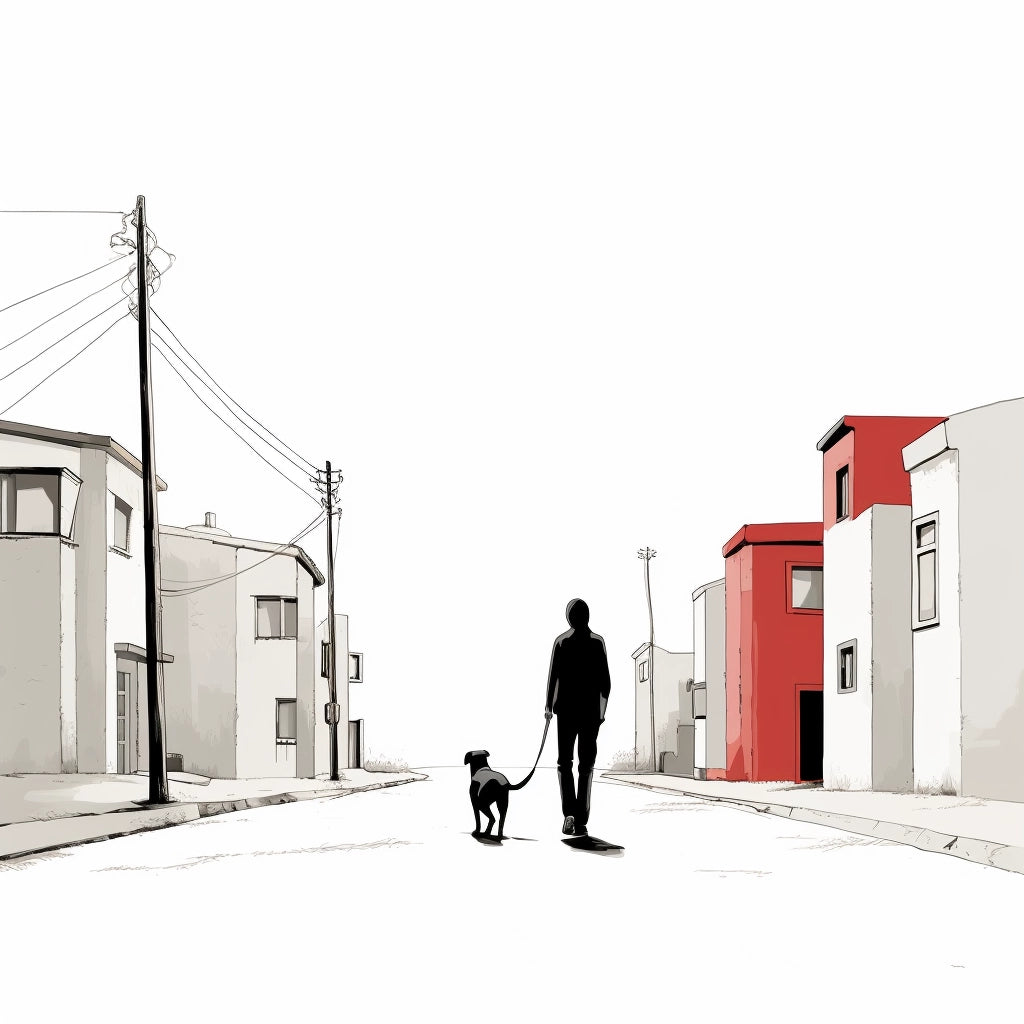Harnesses are among the most difficult dog accessories to choose. When we wanted to create our Charly et moi harness , we interviewed canine osteopaths, veterinarians and dog trainers to help us create a model that was suitable and safe for our dogs. Here is a short summary by going back to basics to help you with the selection criteria to take into account.
Harnesses are preferred over collars when your dog pulls a little or a lot when walking on a leash. Some professionals are even against the collar in all situations but we believe that when the dog does not pull at all on the leash, a collar is still lighter for the dog to wear and is therefore also suitable.
A little aside that will be the subject of another article - think about training classes and even for small dogs because the best way to enjoy walks with your mustachioed dog (for him and for you) is obviously when he doesn't pull and that can be learned.
Criterion No. 1: Protect the trachea
The purpose of the harness is to not compress your dog's trachea. And that's the first criterion, without it, you might as well get a collar!
What's the trachea? The dog's trachea is the tube that carries air to the lungs, and vice versa. Needless to say, it's vital.
Forget about harnesses that fit around the neck like collars if your dog pulls on the leash.


Criterion #2: Provide good distribution of thrust
Using a harness helps distribute the load when the dog pulls on the leash, so the load should be distributed mainly on the front part which will be under the most strain.
H-harnesses have a strip between the front legs
It is better to have a slightly wide front part to better distribute the load and not hurt the dog on the front.


If your dog really pulls a lot, it will also be better if this part is padded but it is not essential in other cases.
Criterion #3: Free the dog's shoulders
The harness should also allow for smooth leg and shoulder movement.
This shape (called a T-shape) can hurt your dog, so it should also be avoided.


A good video helps to understand the movement made by dogs when walking. We can clearly see on the video below, that the natural gait of the dog is modified because of the harness. https://www.youtube.com/watch?v=Vl5MyABp0xQ
Criterion #4: The setting
Not all our dogs have the same morphology (like us) and even within the same breed. Choose a harness that allows, at a minimum, to adjust the ventral part with attachment in the back and the chest part.


Criterion #5: Weight and strength
For small dogs such as puppies, small breed dogs and toy dogs, an adjustable fabric harness might be a good option.
They are generally light and comfortable.
If you have a large or powerful breed dog, it is recommended to opt for a safety harness with a padded chest plate. They are often equipped with strong rings and carabiners to attach the leash, thus guaranteeing excellent resistance.
Criterion #6: Your lifestyle
If you let your dog loose during night walks, reflective harnesses are also available to ensure better visibility.
Some harnesses are specifically designed for sports or recreational activities. For example, sled harnesses are suitable for dogs that participate in sledding or racing activities.
And finally, it is also important to take into account aesthetic preferences. Whatever accessory you plan to buy for your mustachioed one, choose models that you like and that suit you. Your dog is also a reflection of your own style, the more you love me, the more he will love me too.
At Charly et moi, we have designed an adaptable and trendy denim harness that will allow you to style your dog while ensuring the well-being and safety of your partner. https://charlyetmoi.com/collections/chiens/harnais


